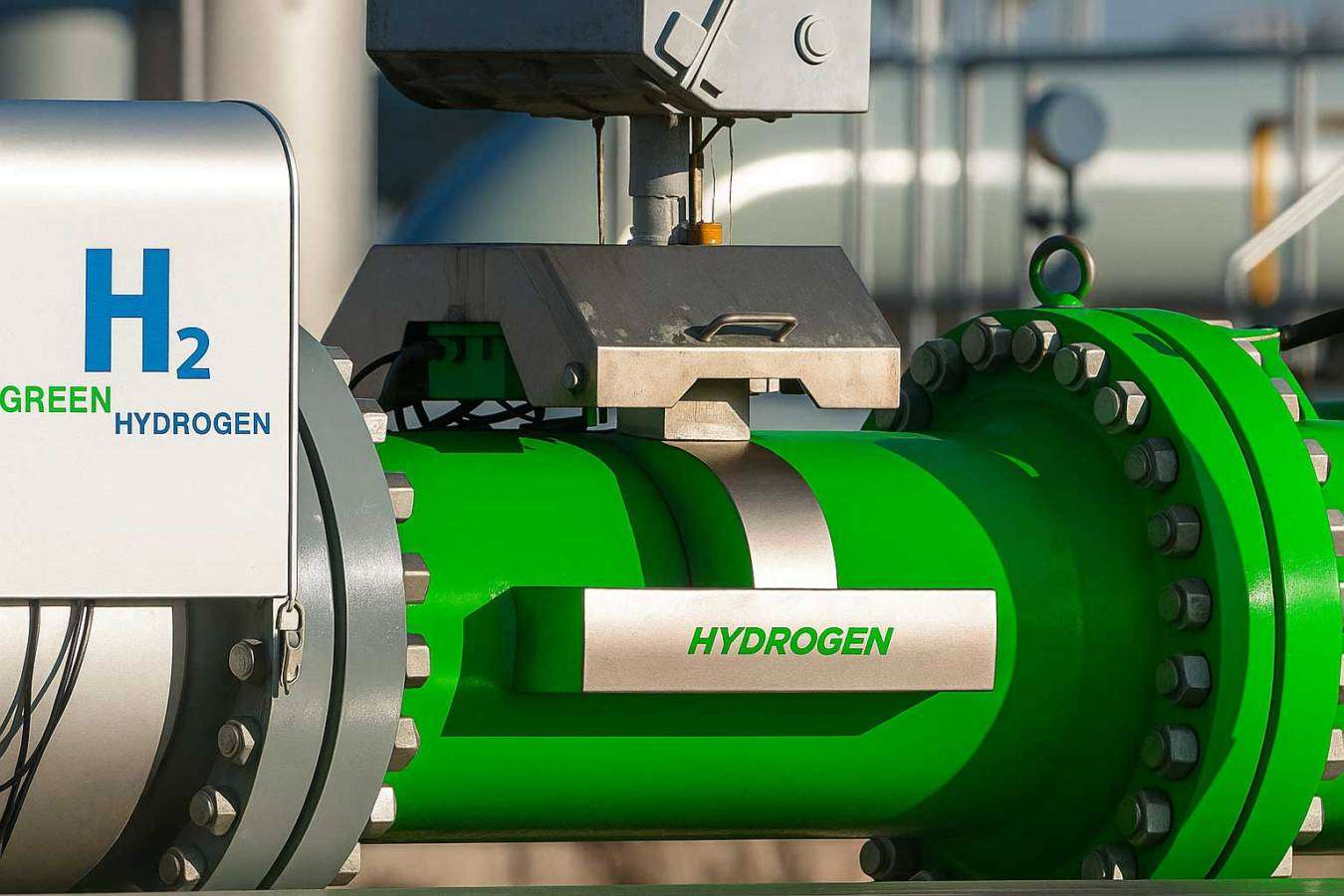Green Hydrogen Industry: Between Record Numbers and Field Realities
By 2023, nearly $800 billion in public and private investments have been announced globally to develop the green hydrogen sector, with colossal projects such as the NEOM complex in Saudi Arabia or Andrew Forrest’s Australian gigafactory. The European Union aims to produce 10 million tons of renewable hydrogen by 2030, while the United States is deploying their “Hydrogen Shot” plan to bring the production cost below one dollar per kilogram. However, according to the International Energy Agency, less than 1% of the hydrogen produced today is truly “green”, i.e., derived from water electrolysis powered by renewable energies (https://www.iea.org/reports/the-future-of-hydrogen).). The rest primarily comes from fossil gas, exacerbating the global carbon footprint.
In heavy industry, steelmaking, cement factories, and maritime transport are at the forefront of experimentation. The Swedish steel mill HYBRIT has delivered the first tons of “zero carbon” steel to Volvo, while the port of Rotterdam is testing hydrogen-powered ships. But the cost of a kilogram of green hydrogen still fluctuates between 4 and 6 dollars compared to 1 to 2 dollars for “grey” hydrogen derived from hydrocarbons, penalizing competitiveness. The necessary infrastructures – giant electrolyzers, transport networks, high-pressure storage – represent a colossal investment, with deployment delays that hinder large-scale development.
Challenges and Geopolitics of Green Hydrogen for Industry
Green hydrogen is as fascinating as it is divisive. Energy losses are a major blind spot: transforming renewable electricity into hydrogen and then converting it back into usable energy results in overall yields of 25 to 40%. In comparison, direct electrification (for example for industrial furnaces) offers efficiencies above 80%, while advanced biofuels find their place in specific uses, such as aviation or maritime.
The massive deployment of green hydrogen also raises questions of sovereignty. Europe, dependent on its energy imports, aims to secure supply routes from Australia, the Middle East or North Africa, increasing the risk of new geopolitical dependencies. The first transcontinental projects – dedicated tanker ships, hydrogen pipelines – are under study, but they highlight the vulnerability of globalized value chains. Moreover, resounding failures, such as the aborted Hybrit-BASF project due to lack of profitability, temper enthusiasm.
Alternatives and Technological Trade-offs
Faced with these challenges, some experts advocate for a strategic prioritization of uses: reserve green hydrogen for applications impossible to electrify (primary steelmaking, heavy chemistry, long-distance maritime transport), while favoring electrification or biofuels in other segments. The cost of electrolyzers is gradually decreasing, but the massive availability of green electricity remains a major bottleneck.
Towards a Revolution in Heavy Industry Thanks to Green Hydrogen?
Despite the obstacles, positive signals are emerging. The European initiative Clean Hydrogen Alliance brings together more than 1,500 players, from startups to multinationals, around pilot projects and technological standardization (https://www.hydrogencouncil.com/en/).). The United States is accelerating research and industrial deployment, betting on integrated regional clusters (https://www.energy.gov/eere/fuelcells/hydrogen-resources).). Innovation is advancing rapidly: new low-cost electrolyzers, solid storage, intelligent network management.
The green hydrogen industry is therefore neither an immediate panacea nor a mirage doomed to failure. It is one tool among others, to be used where it maximizes climate and economic impact, in synergy with other low-carbon solutions. The choices of the coming years, between technical realism, political ambitions, and social acceptability, will shape the face of a truly decarbonized heavy industry – or a costly energy mirage.
Sources
https://www.iea.org/reports/the-future-of-hydrogen
https://www.hydrogencouncil.com/en/
https://www.energy.gov/eere/fuelcells/hydrogen-resources
https://www.iea.org/reports/the-future-of-hydrogen
https://www.hydrogencouncil.com/en/
https://www.energy.gov/eere/fuelcells/hydrogen-resources



